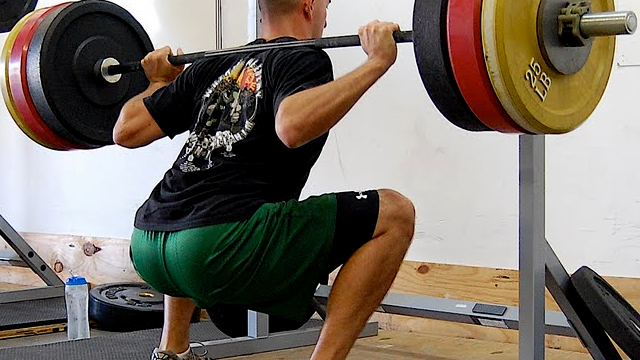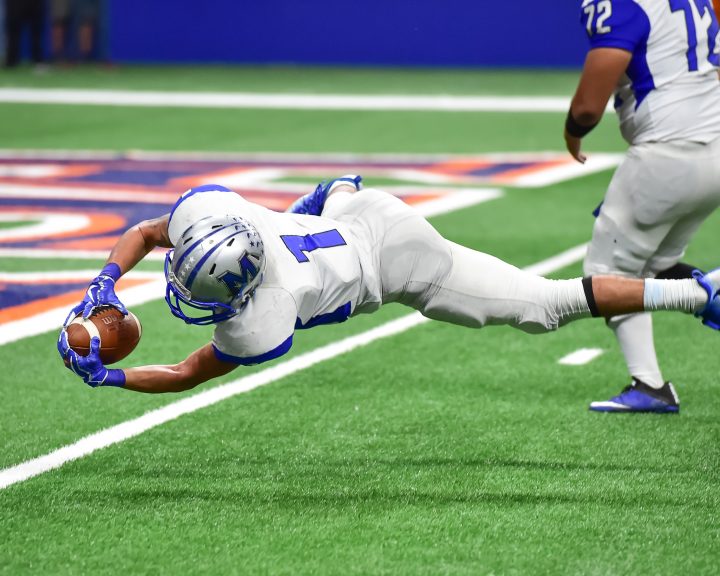Powerlifting is a sport characterized by lifting as much weight as one can, for a single repetition, in the squat, bench press, and deadlift. Because it is a maximal strength sport, training for the sport involves high intensity (i.e. weights) and lower volume with longer rest periods. As a result of this, we can expect powerlifters to have well-developed anaerobic energy pathways, larger muscles, and successful powerlifters should have a higher percentage of type II muscle fibers.
Machek et al conducted a study that was published in the Journal of Strength and Conditioning Research that looked at this with male and female powerlifters. The authors studies 12 powerlifters (defined as competing within the previous year and training for powerlifting at least 3 times/week)(six male, six female powerlifters) and 10 control subjects. (5 male and 5 female). 7 of the 12 powerlifters had qualified for and participated in national powerlifting meets.
The authors looked at anthropometric information on subjects, myosin heavy chain fiber type analysis, dietary analysis, and an analysis of creatine analogues in the blood and muscle.
Results:
- Males were squatting more than 285% of bodyweight, bench pressing approximately 190% of bodyweight, and deadlifting more than 300% of bodyweight.
- Females were squatting more than 200% of bodyweight, bench pressing more than 115% of bodyweight, and deadlifting almost 240% of bodyweight.
- On average, the powerlifters had approximately 48% type I fibers, 49% type IIa fibers, and maybe 2% of type IIx fibers. By comparison, the controls had 34% type I fibers, 41% type IIa fivers, and 26% type IIx fibers.
- The powerlifters had approximately 6% more muscle creatine than controls, 6% less serum creatine than controls, and 40% more serum creatinine than controls.
- None of the creatine or creatinine measures were statistically significant.
The powerlifters in the study have a greater percentage of type I and type IIa fibers than the controls, but they also have less of the IIx (very fast twitch) fibers than the controls. Powerlifting training has periods of volume, it has periods of high intensity and low volume, so this would explain the fiber typing. It’s pretty standard that IIx fibers are reduced as a result of training, which while it may seem surprising does seem to be the case in research.
Now, the authors point out that this study has a really small sample size. The powerlifters are essentially local lifters and the field would benefit from a larger sample size and higher level powerlifters – which may also impact the results.
Another interesting thing that came from this study was that the authors looked at female powerlifters. The female powerlifters tended to have higher percentages of type IIa fibers than the males (on average 53% for females, 44% for males). Again, the sample size is really small but it’s still a fascinating detail.
Machek, S.B., et al. (2020). Myosin heavy chain composition, creatine analogues, and the relationship of muscle creatine content and fast-twitch proportion to Wilks coefficient in powerlifters. Journal of Strength and Conditioning Research, 34(11), 3022-3030.


